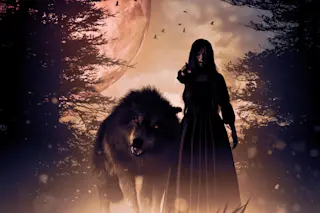No matter how improbable some myths and legends may seem, many of them are rooted in reality. Instances of civilization-destroying floods appearing in many religious narratives across the globe, for example, have led historians to hypothesize that these events may have been inspired by an actual rise in sea levels following the Last Glacial Maximum.
Similarly, folkloric creatures like vampires and werewolves are believed to have originated not from the minds of storytellers, but all-too-real diseases and medical conditions which, in times when humanity’s scientific knowledge was not nearly as advanced as it is today, sparked the imaginations of our ancestors, resulting in the legends of monsters we still know and fear.
Today’s view of vampires is based heavily on Dracula, the character from Bram Stoker’s 1897 novel of the same name. However, the true origins of these blood-sucking creatures actually goes back further than the publication of the iconic ...














